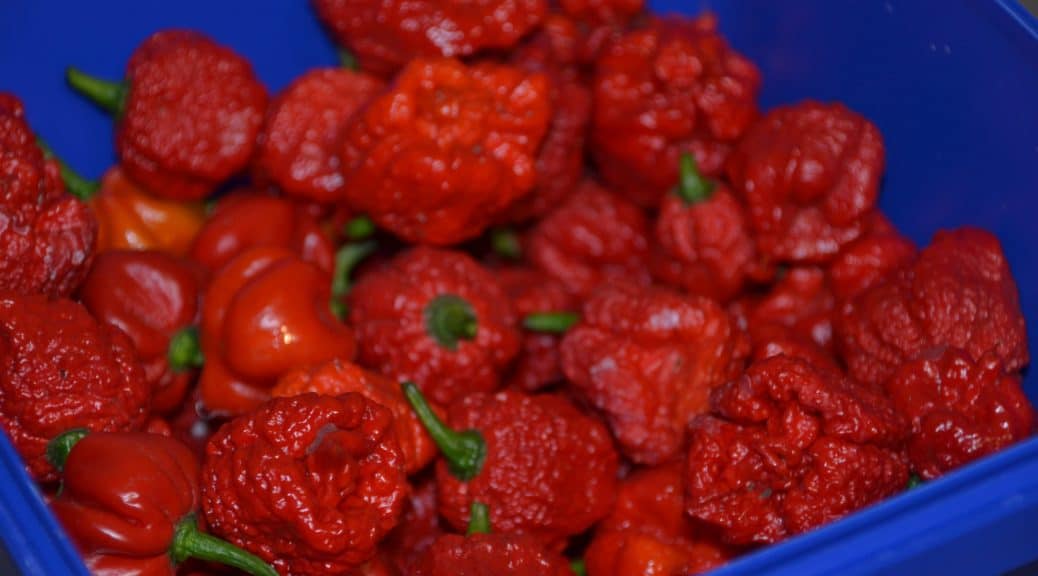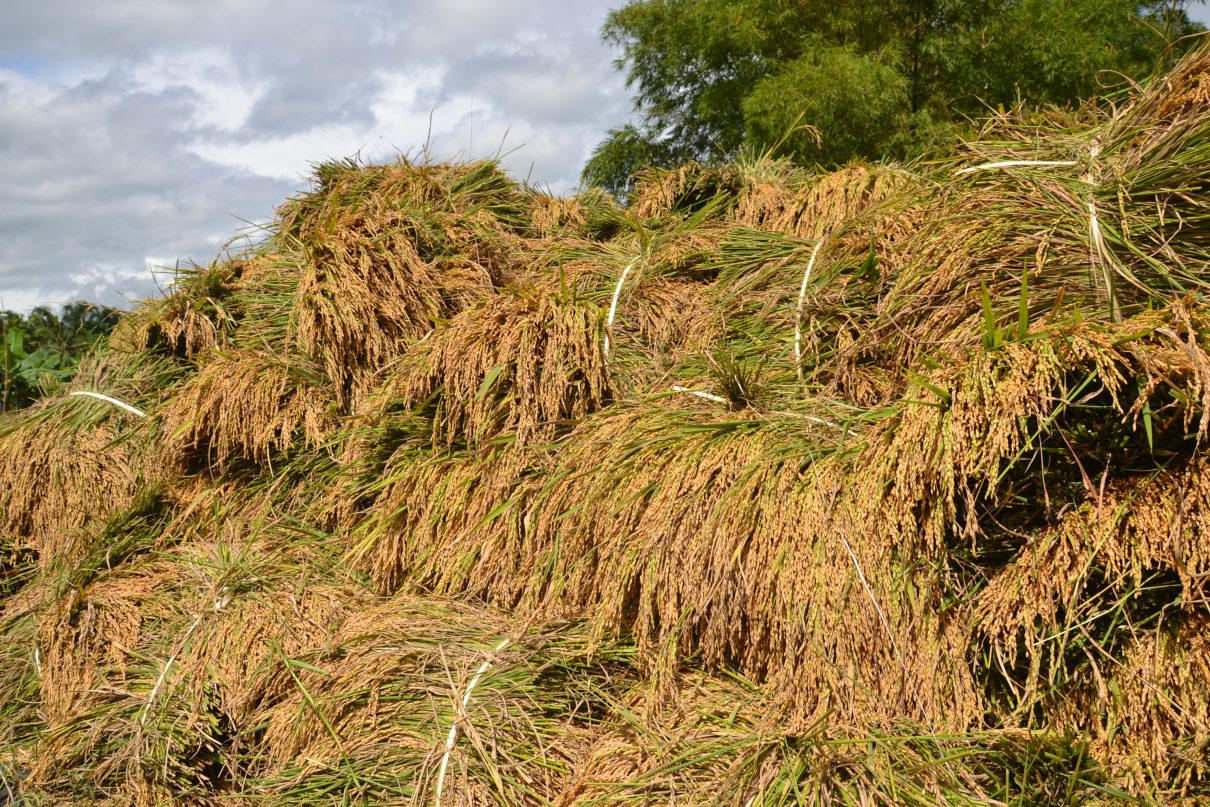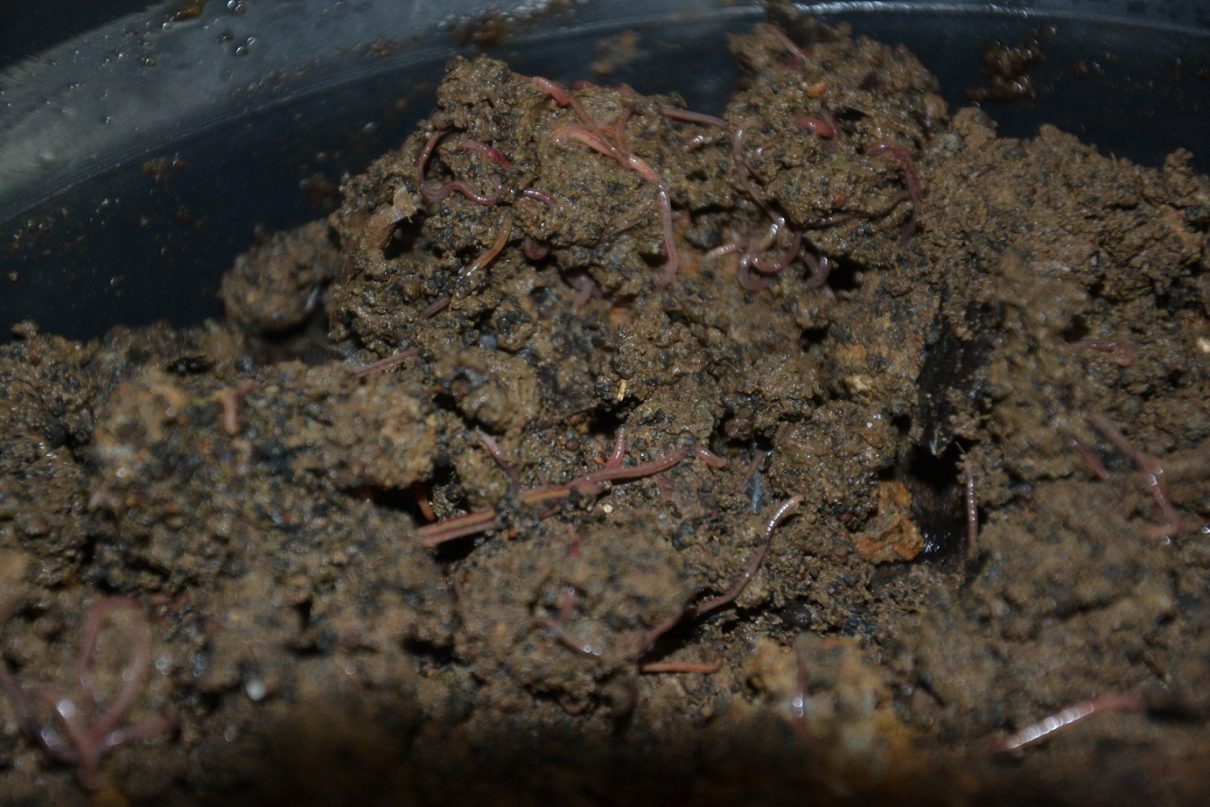FullOn by GrowSwitch the best organic Biostimulant that exist in the market to date. they uses the latest nano ionic technology to formulate this exclusive unique mineral and marine-based specialty nutrient additive.
Give growers Cleaner, Better Tasting Produce with Higher Brix.
Super-charged bioavailability with Cation Exchange Capacity.
Reduce NPK’s by 40% to 60% and grow more, faster.
Fuses with ALL NPK base nutrients, use any of your best.
100% Proprietary Cutting Edge Formulation
What is Biostimulant?
In Europe, which has the largest market for biostimulants globally, it has been defined by the European Biostimulants Industry Council as: “Contain[ing] substance(s) and/or micro-organisms whose function when applied to plants or the rhizosphere is to stimulate natural processes to enhance/benefit nutrient uptake, nutrient efficiency, tolerance to abiotic stress, and crop quality.”
It’s important to note that biostimulants act only a plant’s vigor, offering no direct action against diseases, insects, or weeds. “And biostimulants are not Plant Growth Regulators”, which are a different class and are regulated by EPA.
Categories of Biostimulants
There are seven main categories of biostimulants according to the scientific journal Scientia Horticulturae (vol. 196, 2015):
PROTEIN HYDROLYSATES
Amino-acids and peptides mixtures obtained by chemical and enzymatic protein hydrolysis from both plant sources and animal wastes. The plant-based peptides in particular are the most interesting of the biostimulants due to their multifunctional activity.
HUMIC AND FULVIC ACIDS
Organic acids that occur naturally in soil, resulting from the decomposition of plant, animal and microbial residues. These acids can also come from soil microbe activity.
SEAWEED EXTRACTS & BOTANICALS
Seaweed is the more established extract, having been used for hundreds of years as a fertilizer and to improve soil structure. However, the biostimulant effects of seaweed extracts are a relatively new development. Extracts from other plants are increasingly being studied and used.
CHITOSAN & OTHER BIOPOLYMERS
Several uses have been developed over the years, usually focused on plant protection against fungal pathogens, but recently studies also point toward tolerance to various plant stresses.
INORGANIC COMPOUNDS
These are minerals such as silica, selenium, cobalt and others which promote plant growth, the quality of plant products and tolerance to abiotic stress.
Benefits of Biostimulants
The European Biostimulants Industry Council lists the benefits of biostimulants as:
- Improving the efficiency of the plant’s metabolism to induce yield increases and enhanced crop quality;
Rice field on the right hand side is days to harvest, with biostimulant, while on the other is 2 weeks to harvest without biostimulant. - Increasing plant tolerance to and recovery from abiotic stresses;

30% increase in yield or even up to 80%, with less inputs and less time. - Facilitating nutrient assimilation, translocation and use;
In fact, I won a competition on top quality cacao beans, here in Davao City, Philippines. Also, did made it to top 5, but unfortunately, a day after they’ve notified me that I am in the top 5, they disqualified me because of so many sudden reason, hmmmm (“you know what I mean”). - Enhancing quality attributes of produce, including sugar content, colour, fruit seeding, etc;
- Rendering water use more efficient;
Despite the heat of the day, plants are still up and photosynthesising, so efficiently, that we only use less water, and they’re still 19 days after transplant. - Enhancing soil fertility, particularly by fostering the development of complementary soil micro-organisms.

This was just an ordinary soil, more clay, but when Biostimulant is introduced, it did changed.
A new frontier in biostimulant research in the USA is the use of biostimulants to alleviate stress caused by the application of postemergent herbicides over the top of crops.
Because biostimulants are relatively new, metrics and data are necessary to sort out the reliable technologies from the gimmicks. Biostimulants are lightly regulated. Many product claims are made from a wide variety of merchants and all sorts of concoctions that purport to be a biostimulant. Make sure you are given an explanation as to “why” something works. If not, find another product or supplier.
The science around biostimulants is advancing rapidly, and careful measurement of results is key to determining what products can create real results for growers. Next time you apply product, take a look at our detailed guide to getting the most out of your farm’s applications.
Source of the article:
https://emergence.fbn.com/what-are-biostimulants
“FullOn by GrowSwitch the best organic Biostimulant”



